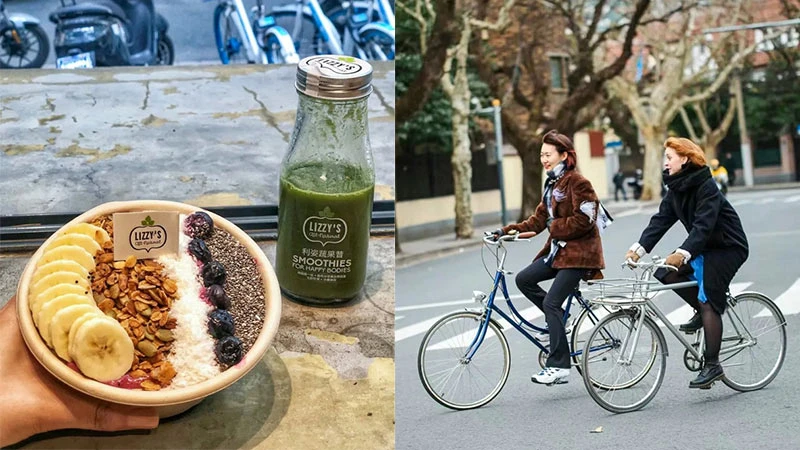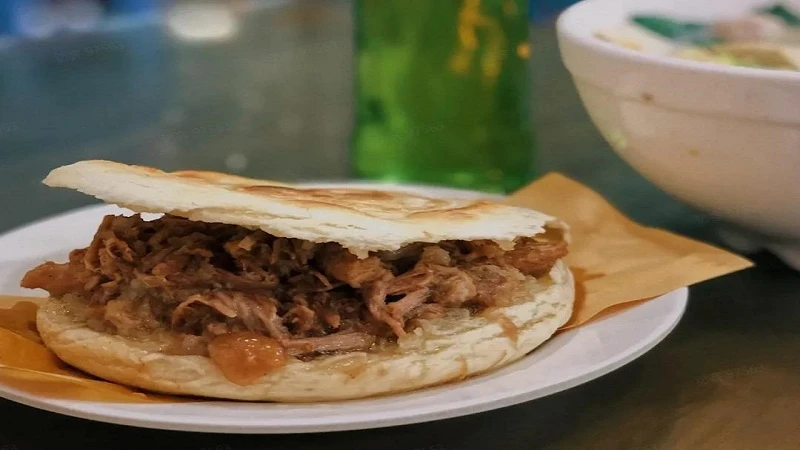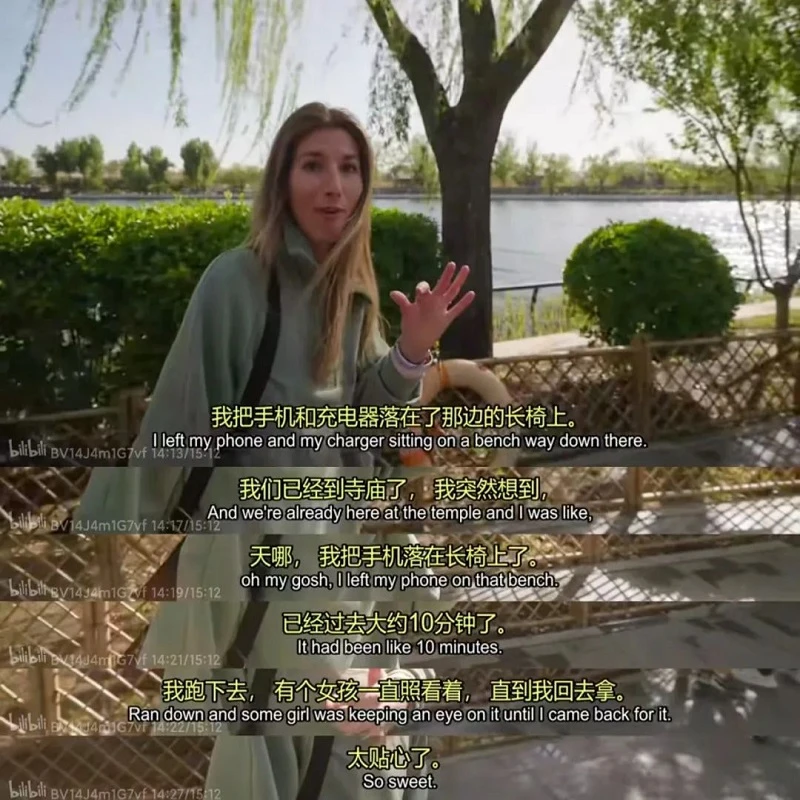As China continues to open its doors wider to international visitors, Shanghai has emerged as a prime example of how global and local cultures intersect—especially in the realm of food. With the introduction of the 144-hour visa-free policy for foreigners, an increasing number of international tourists have flocked to China's cities, eager to explore the local customs and cuisine. However, this culinary adventure often comes with its own set of surprises and challenges, as visitors navigate the complex and rich tapestry of Chinese food culture.
The Foreign Adventure: Chinese Cuisine through New Eyes
Since July, social media has been buzzing with short videos of foreigners documenting their first encounters with Chinese cuisine. These adventurous travelers, most of whom do not speak the language, approach the diverse dishes with a mix of curiosity, excitement, and confusion. One memorable clip features an American couple in Beijing being startled by the length of Xinjiang noodles, trying to mimic locals by eating garlic alongside the noodles, only to be overwhelmed by the spiciness. In another video, a British man in Shanghai enthusiastically explains to his audience that the local street food he is eating is a "Chinese crepe," referring to the popular Jianbing (煎饼).
As more foreigners post about their food experiences, it's clear that certain dishes appeal to them more than others. Dishes that resemble familiar Western foods—such as langya potatoes (similar to fries), Roujiamo (which looks like a burger), and Jianbing Guozi (comparable to a savory crepe)—tend to be safer bets. When all else fails, many opt for international staples like coffee and croissants in upscale cafes, heaping praise on the familiar flavors that provide a sense of comfort amidst the culinary adventure.
In this context, the so-called "foreigner meals" or bairen fan (白人饭)—Western-style dishes found in China—serve as a bridge between unfamiliar and familiar. These dishes, dismissed by some locals as watered-down versions of authentic Chinese food, are often seen by foreigners as a safe, welcoming option in a sea of exotic flavors.
The Power of Rebranding
Interestingly, this phenomenon of appealing to foreign palates has given rise to a trend in which traditional Chinese dishes are being rebranded to make them more relatable to Western consumers. Take, for example, the infamous rebranding of Chinese Gaijiaofan (rice with toppings) as the "Chinese Energy Bowl." While locals may scoff at such a concept, seeing it as a gimmick, for non-Chinese speakers unfamiliar with the food, it serves as an easy entry point into Chinese cuisine. This clever repackaging of familiar ingredients with new names allows foreigners to connect with the food in a way that makes them feel more at ease.
This rebranding strategy can be seen across a variety of Chinese dishes. Mending rou bing (meat pies) could easily be sold as "Chinese pot pies," while Xinjiang noodles could be marketed as "Xinjiang-style pasta," and Northeastern China's mixed salad could be rebranded as a "Chinese salad." By tapping into these familiar food concepts, China is not only making its cuisine more accessible to foreign visitors but also positioning itself as a player in the global culinary market.
Shanghai, in particular, has excelled in this culinary diplomacy. The city, known for its cosmopolitan atmosphere, is often the first stop for many foreign visitors to China. For these newcomers, Shanghai provides a soft landing—its wide array of Western-style restaurants, cafes, and international brands easing them into life in China. It's no wonder that many foreigners cite Shanghai as their favorite city in China, as its mix of East and West, modernity and tradition, gives them a sense of security and familiarity.
The Future of International Cuisine Scene of Shanghai
As Shanghai continues to evolve into a global hub, the blending of international and local culinary cultures becomes more pronounced. Recently, a quirky gelato shop in Shanghai grabbed attention online for its unique fusion of Italian gelato and traditional Chinese herbal ingredients. With flavors such as loquat syrup and black tea, the shop's offerings are a perfect example of how Shanghai's food scene is increasingly catering to both locals and foreigners in creative ways. These types of cross-cultural fusions are not only fun but also demonstrate Shanghai's role as a bridge between Eastern and Western palates.
The appeal of these hybrid dishes lies in their ability to create a sense of novelty while also offering something familiar. For instance, foreigners may not be familiar with traditional Chinese loquat syrup, but when it is marketed as "Chinese plant honey," it suddenly takes on an exotic yet approachable allure. Such branding has the potential to make waves in international markets, perhaps even inspiring creative cocktails in New York or London bars one day.
The increasing number of foreign tourists in Shanghai reflects the city's growing international appeal. According to customs data, over 1.18 million foreign visitors entered Shanghai in the first quarter of this year alone—a 6.9-fold increase compared to 2023. Iconic spots like Yuyuan Garden are buzzing with tourists, many of whom are exploring the city's eclectic food scene. Even the most traditional areas, like the old town of Yuyuan, now boast a mix of ancient Chinese aesthetics and modern, English-friendly signage, ensuring that visitors can immerse themselves in the local culture without feeling lost.
In a sense, Shanghai represents the future of China's culinary identity on the global stage. While some may lament the rise of "Westernized" Chinese dishes, it's clear that this evolution serves a larger purpose: introducing the world to China's rich and diverse food culture in a way that is accessible and enjoyable. Whether through a bowl of noodles rebranded as "pasta" or a scoop of gelato infused with traditional Chinese herbs, Shanghai is proving that food can be a powerful tool for cultural exchange.




